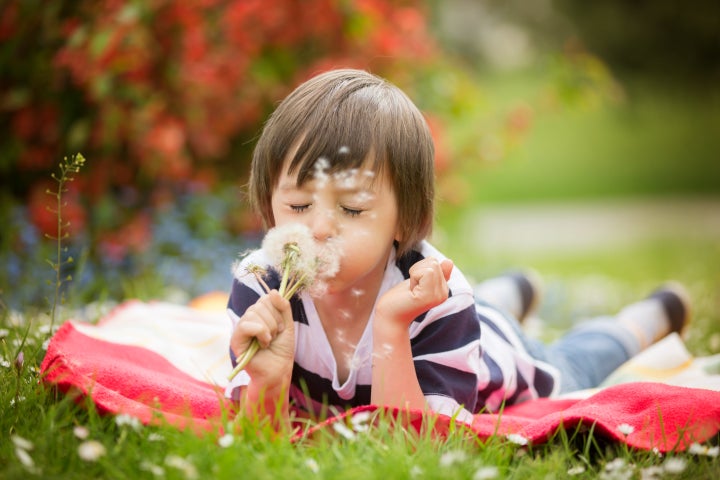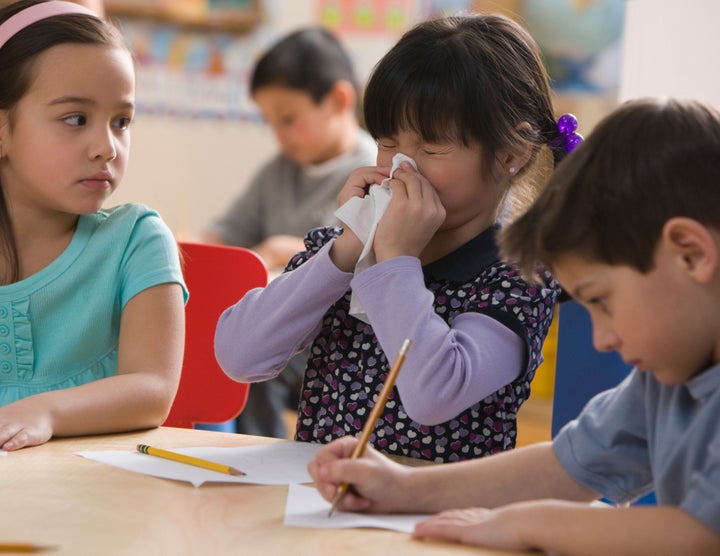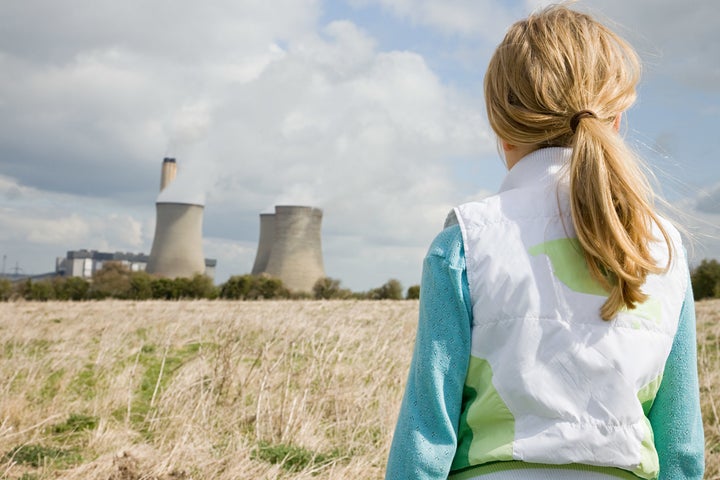
An allergy is the body’s immune system reaction to a substance that’s normally harmless: pollen, certain foods, animal dander or house dust mite, for example. And according to the European Academy of Allergy and Clinical Immunology, allergies are rising. Currently, over 150 million EU citizens suffer from chronic allergic diseases and by 2025, it’s predicted that half the entire European population will be affected. In the UK, 44% of adults suffer from at least one allergy and the number of sufferers is rising, growing by around two million between 2008 and 2009 alone.
What is causing this rise in allergies? Nobody knows for sure, although there are some interesting theories and studies. And what can you do to cope with allergies?
The ‘hygiene hypothesis’
An international study of participants aged 26 to 54 years old showed that children who grow up on farms, up to the age of five years old, have a reduced risk of developing allergic diseases in adulthood. It seems that exposure to the diversity of microbes reduces the overall reactivity of these individual’s immune systems. So, should we give up on the cleaning and let our children grow up in a dirty environment so they might not develop allergies? Well, no, you should still keep good hygiene practices like washing hands before food preparation and after using the toilet as well as taking care when someone is ill and coughing or sneezing. This will help to avoid infection and the spread of germs to others.
But good hygiene doesn’t have to be obsessive. Going outside in the fresh air, building dens, getting muddy and playing with animals is part of childhood. Just make sure the kids wash their hands, especially before eating or touching food, and give them a bath when needed.

Environmental changes
According to the results of a survey on climate change conducted with American Thoracic Society members, the rise in pollen allergy cases may be due to changing weather patterns which have caused allergenic pollens to become more abundant and widespread. The pollen of ragweed, an American plant that has established itself in some areas of Europe can blow into the UK, affecting those sensitive to it. Just 50 pollen grains per cubic metre of air is enough to trigger hay fever; and one ragweed plant can release 2.5 billion pollen grains a day!
Climate change may also be a factor as plants such as olive trees and subtropical grasses move into more temperate regions. These plants may have different flowering seasons from native plants, extending the pollen season. Mild winters and warm springs extend the pollen season of even native British trees: the birch flowering season began five days earlier over the last decade compared to the previous one.

What can you do about hay fever and pollen allergies? You can’t stop the allergen drifting in from the continent, but you can monitor pollen forecasts and stay indoors when the count is high. On high pollen days, dry clothes indoors, shower and wash your hair and change your clothes when you get home. Antihistamines such as Piriton and Piriteze provide effective relief from the symptoms of pollen allergies.
Air pollution
It’s known that particles found in vehicle emissions, smoke, soot and smog can irritate airways and lungs, triggering asthma symptoms. In people whose asthma symptoms are usually caused by house dust mite droppings, pollen, pet dander or fungal spores, air pollution can increase sensitivity to these allergens. Keep an eye on air quality forecasts and be aware that air pollution is likely to be higher in the afternoons and evenings, on still, sunny or humid days and at rush hour. Pram covers can help limit babies’ and toddlers’ exposure, but do ensure that your child has adequate ventilation, particularly in hot weather.

Food allergies
In children, eggs, milk, soya, wheat and peanuts are the most common causes of allergic reactions, and in adults, nuts (including peanuts), fish and shellfish, although any food has the potential to be an allergen in susceptible people. It’s unclear what causes the immune system to react to certain food proteins; however if other close family members have an allergic condition you have a slightly higher risk of developing one and children who have eczema at a young age are more likely to develop a food allergy. Get advice from your GP if you suspect a family member may have a food allergy. Antihistamines such as Piriton are one of the medications that can relieve symptoms of food allergies.
For allergy relief
Piriton syrup can be used to treat a broad range of allergies for everyone in your family over 12 months old. It provides fast relief from the symptoms of a broad range of allergies: hay fever, skin allergies, food allergies, pet allergies, house dust mite allergies, insect bites, mould spore allergies, and drug reactions that are responsive to antihistamines.
Piriteze syrup can be used by adults and children aged six years and over to relieve hay fever, skin allergies, pet allergies, house dust mite allergies and mould spore allergies.
Piri is the UK’s number one selling brand for complete allergy care. Source © (2018) Nielson data. Contact customer.relations@gsk.com for claim verification.
For the relief of allergy symptoms. Piriton Syrup contains chlorphenamine maleate. Piriteze Allergy Syrup contains cetirizine hydrochloride. Always read the label.